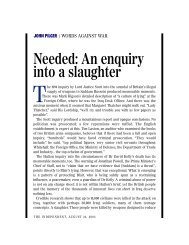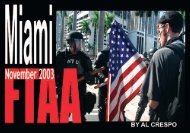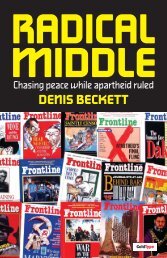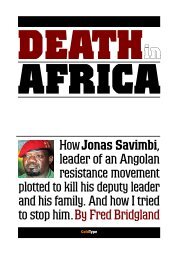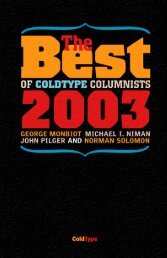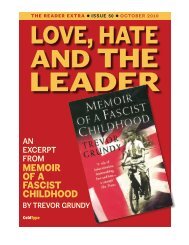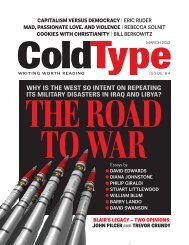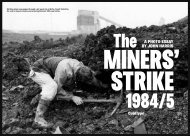Create successful ePaper yourself
Turn your PDF publications into a flip-book with our unique Google optimized e-Paper software.
148<br />
Doctor Housing Bubble, Lehman Brothers was heavily invested<br />
in fraudulent subprime paper:<br />
Lehman could not resist the subprime markets. In August<br />
of 2007 Lehman closed its subprime lender BNC Mortgage,<br />
which left 1,200 positions gone. This clearly was only the<br />
beginning for Lehman and their mortgage and credit problems.<br />
In 2008 Lehman was posting unprecedented losses.<br />
For the most part their problems arose from holding onto<br />
lower grade tranches and holding on too long to subprime<br />
mortgages. It is up in the air whether they held onto to these<br />
assets because of a foolish investment move or whether<br />
there simply wasn’t a market for these assets. For the 2nd<br />
quarter the firm had $2.8 billion in losses and was forced to<br />
liquidate $6 billion in assets. It is simply stunning to see the<br />
stock movement for the firm … It is easy to lose perspective<br />
of what really is going on. You need to remember that debt is<br />
at the center of all this.<br />
Debt may have been at the center, but real people lived in<br />
the homes the firm borrowed against. What happened to them<br />
seemed to be of little concern to the bankers and the media.<br />
Paulson opposed a bailout publicly on the grounds of “moral<br />
hazard,” arguing that Lehman should not be rewarded for<br />
its mistakes.<br />
But as the crisis accelerated, and more firms were put at risk<br />
of insolvency, that argument disappeared.<br />
Max Wolff put it this way in our conversation: “On September<br />
15th, we were told some heavily ideological story about<br />
letting some companies fall, letting the market do its thing,<br />
not bailing everybody out. And Lehman was allowed with its<br />
23,000 employees to collapse which sent cataclysm and shock<br />
waves through the global markets, and began the giant September-October<br />
sell-off which was apocalyptical and makes<br />
this the second worst year in the history of stock markets.<br />
“But then, the very next morning we got $85b of the even-



